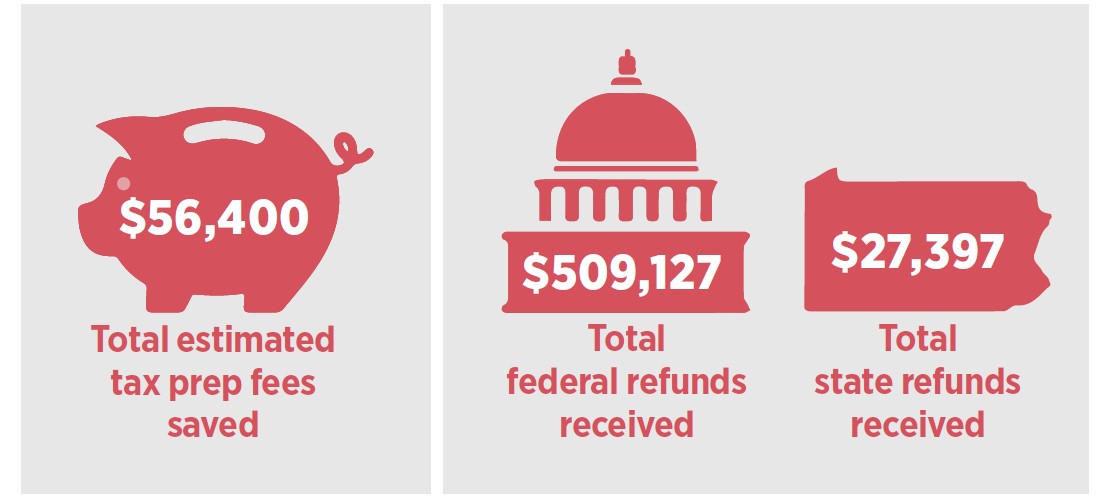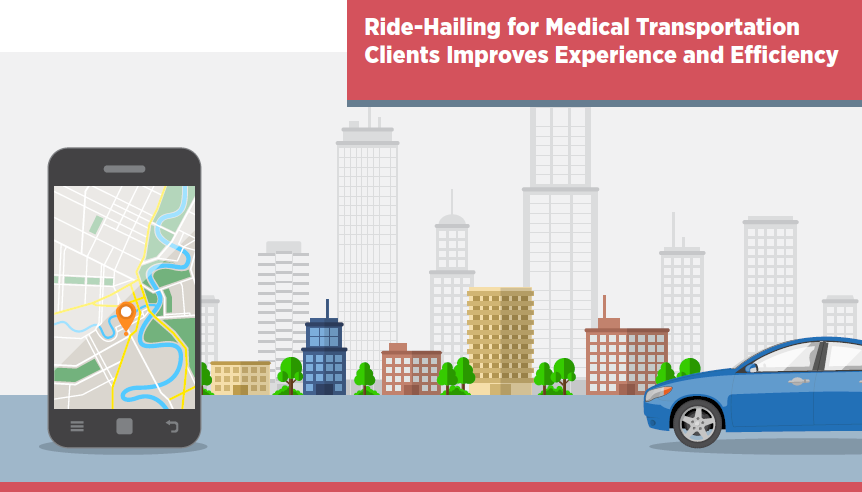In its responsibility for administering publicly-funded human services, Allegheny County Department of Human Services (DHS) plans for the allocation of more than $1B in areas that span behavioral health, children and families, aging, housing and homelessness, and intellectual disability and autism services.
How does DHS plan its allocation of resources?
DHS planning activities are ongoing and iterative. They include:
- Engaging stakeholders through
- Targeted outreach to clients, providers, and other stakeholders on specific questions/priorities (e.g., Crisis Response Stakeholder Group, etc.
- Analyzing client data to identify gaps, and to compare our current state against expected outcomes
- Consulting experts, best practice literature, research
What is the County Human Services Plan?
The County Human Services Plan consolidates planning requirements for categorical components of the Human Services Block Grant, including Mental Health Community Base-Funded Services, Behavioral Health Services Initiative (BHSI), Intellectual Disabilities Community Base-Funded Services, Act 152 of 1988 Drug and Alcohol Services, Homeless Assistance Program Funding, and Human Services Development Funds. It is submitted annually to the PA Department of Human Services, 60 days after the agency releases its annual bulletin (usually in the summer).
What is the Needs-Based Plan and Budget?
The Needs-Based Plan and Budget articulates Allegheny County’s priorities, planned services, and resource needs for serving children and families – in particular those children and families who are involved with, or at risk of involvement with, the child welfare and juvenile justice systems. It is submitted annually to the PA Department of Human Services, Office of Children, Youth & Families (the budget narrative submission deadline is August 15th every year).
State Fiscal Year (SFY) 2026-2027
Older plans:
What is the Area Agency on Aging Strategic Plan?
The Allegheny County Area Agency on Aging (AAA) is part of a nationwide aging network led by the U.S. Administration on Community Living and the Pennsylvania Department on Aging (PDA). Every four years, PDA requires each of the Commonwealth’s fifty-two (52) Area Agencies on Aging to submit an action plan for the following four years. This Four-Year Plan considers the demographic trends of the region, the changing needs of the consumers, and the current services provided by the Allegheny County AAA.
Additionally, the Allegheny County AAA may release other strategic documents, including yearly program updates, budget prospectuses and annual reports.
Community Services Needs Assessment & Strategic Plan
Allegheny County DHS is the designated community action agency for the receipt of the County’s (outside the City of Pittsburgh) Community Services Block Grant (CSBG) funds. CSBG is a federally funded block grant from the US Department of Health and Human Services, Administration for Children & Families, Office of Community Services that supports services aiming to alleviate the causes and conditions of poverty in under resourced communities. CSBG recipients are required to conduct a needs assessment and develop a strategic plan no less than every 5 years.
Housing and Homelessness
Allegheny County DHS, through its Office of Community Services, is the designated Infrastructure Organization and United Funding Agency for the Allegheny County Continuum of Care (CoC) – the network of services and stakeholders engaged in making homelessness rare, brief and non-recurring. Starting in 2016, the CoC underwent a community planning process to create its strategic plan. The strategic planning process is summarized in Preventing and Ending Homelessness – Community Strategic Planning Process. Principles guiding the strategic plan can be found in the Guiding Principles: Allegheny County Plan to Prevent & End Homelessness. The working board of the CoC, the Homeless Advisory Board (HAB), voted to accept the plan on July 25, 2017.
Opioid Settlement Funding
Other plans
What is the Area Agency on Aging Strategic Plan?
The Allegheny County Area Agency on Aging (AAA) is part of a nationwide aging network led by the U.S. Administration on Community Living and the Pennsylvania Department on Aging (PDA). Every four years, PDA requires each of the Commonwealth’s fifty-two (52) Area Agencies on Aging to submit an action plan for the following four years. This Four-Year Plan considers the demographic trends of the region, the changing needs of the consumers, and the current services provided by the Allegheny County AAA.
Additionally, the Allegheny County AAA may release other strategic documents, including yearly program updates, budget prospectuses and annual reports.
Community Services Needs Assessment & Strategic Plan
Allegheny County DHS is the designated community action agency for the receipt of the County’s (outside the City of Pittsburgh) Community Services Block Grant (CSBG) funds. CSBG is a federally funded block grant from the US Department of Health and Human Services, Administration for Children & Families, Office of Community Services that supports services aiming to alleviate the causes and conditions of poverty in under resourced communities. CSBG recipients are required to conduct a needs assessment and develop a strategic plan no less than every 5 years.
Housing and Homelessness
Allegheny County DHS, through its Office of Community Services, is the designated Infrastructure Organization and United Funding Agency for the Allegheny County Continuum of Care (CoC) – the network of services and stakeholders engaged in making homelessness rare, brief and non-recurring. Starting in 2016, the CoC underwent a community planning process to create its strategic plan. The strategic planning process is summarized in Preventing and Ending Homelessness – Community Strategic Planning Process. Principles guiding the strategic plan can be found in the Guiding Principles: Allegheny County Plan to Prevent & End Homelessness. The working board of the CoC, the Homeless Advisory Board (HAB), voted to accept the plan on July 25, 2017.
Opioid Settlement Funding
Other plans








